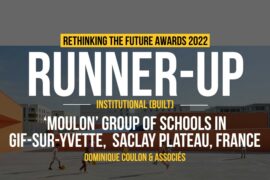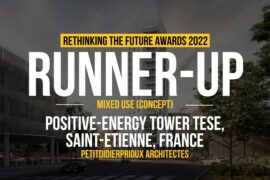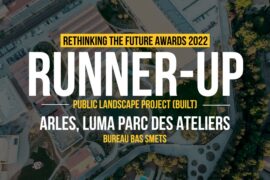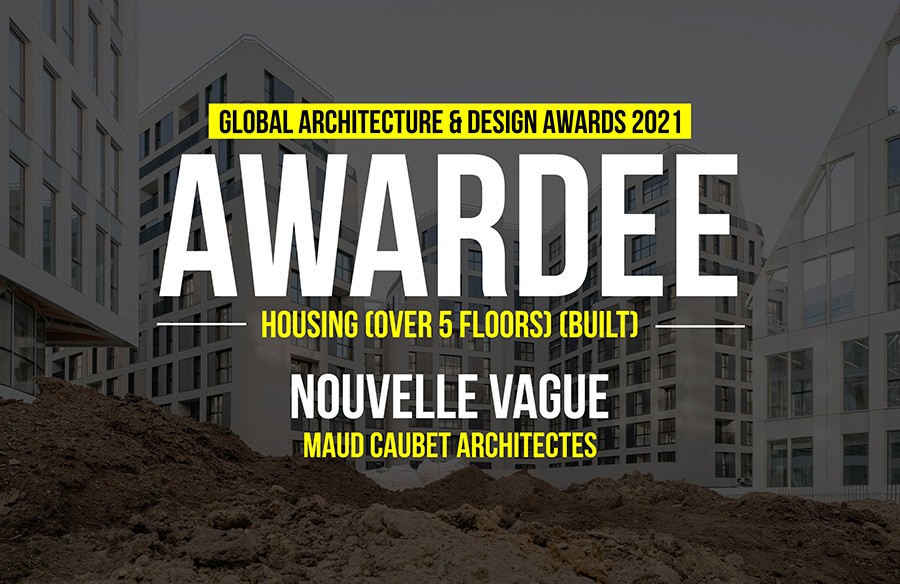Project Info
Architects: Manuel Ruisánchez arquitecto + Francesc Bacardit architects
Location: Barcelona, Spain
Team: Mateu Baylina, Fabio Ferone, Pere Fuertes, Eulàlia Gómez, Anna Mañosa, Miquel Lloveras, Ivan Martínez, Eduard Álvarez
Consultants: BOMA (Structure), Josep Malgosa, Xavier Delgado, Montse Riera (Tech. Arch.), JSS (Systems)
Area: 8,000 sqm
Year: 2012
Photographs: Ferran Mateo, Shlomi Almagor, Courtesy of Manuel Ruisánchez & Francesc Bacardit arquitectos, Fran Bacardit, Judit Contreras, Edu Ferrer Alcover
Introduction
The central structure of the Fabra & Coats complex is a four-storey building which consists of three juxtaposed bodies. A large edifice located to the west and two smaller ones oriented to the east and north. Leaning on the east facade of this great building, a single-storey construction houses the ‘boiler room’, which used to supply energy to the whole Fabra & Coats compound. The building, built in 1910, has a total of 14,000 m2.
Details
The intervention in Fabra & Coats was highly respectful of the existing building. More of a transformation, it is a recovery of an industrial space. Despite the complexity of the functional program – a ‘factory’ of artistic creation, a school of arts and a Heritage Conservation Center and also including a ‘Museum of labor’ – constructive and structural elements were kept, as well as some of the original systems and facilities.
The organization of the access systems and routes on the ground floor allows a clear distribution of the different functional programs and an easy occupation and clearing out of the spaces which host these, ensuring the proper functioning of the building’s busiest parts: the common areas of public use. The upper floors host creation and training programs.
The main building houses the bulk of the activity. The other two masses -their characteristics and dimensions make them more independent-, are used for support and management of the center and can maintain a more direct relationship with the public that accesses the higher plants.
The strategy has been the inclusion of technological components (‘Jack’- a new vertical communication and systems shaft, music ‘boxes’, etc…) that can accommodate specific functions, and a flexible division of the space has been designed with a cable-and-sails system and allows to change the space according to needs.
The structures created by the sails can be installed in different heights depending on the necessity of privacy and on the type of work to be performed or executed. Flexibility is also achieved with a variety of thickness and transparency of the separating material. When certain hardness is required in the separation –especially in the need of a vertical insulation- the rigid elements appear in the form of recycled wood creating the “music boxes” that are placed, whenever possible, close to the “jack” service.
On the top floor, with the aim to obtain higher and even more diaphanous spaces for the activity of circus, dance and theater, two rows of pillars were underpinned by a system of Vierendeel type trusses which, in turn, serve as skylights creating a Saw-tooth roof.
As to the facades, the intervention sought to demolish certain bodies added along the years and the restoration of the building form, recovering its original image.





